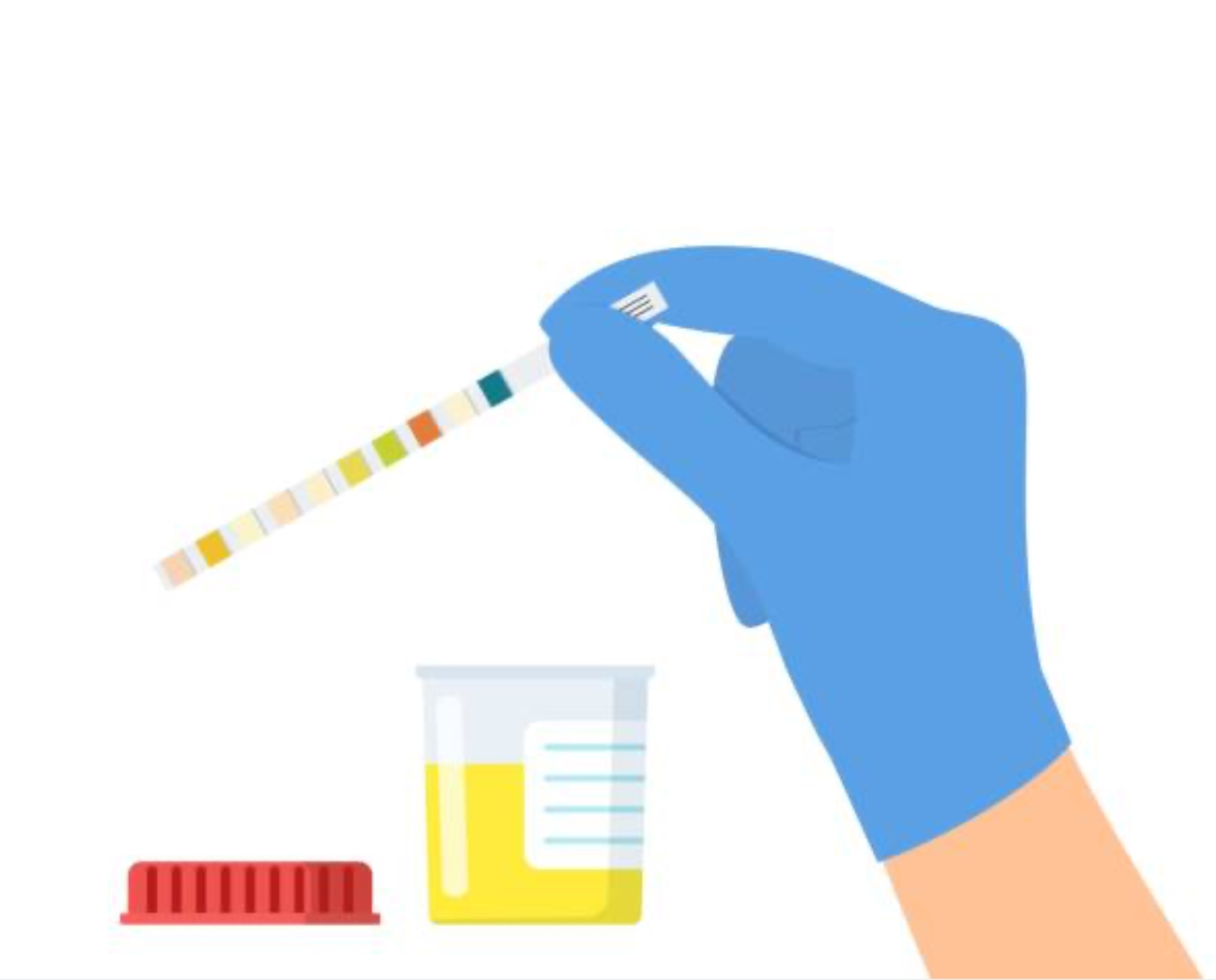These symptoms are caused by inflammation and irritation of the bladder and urethra. In some cases, individuals may also experience urinary incontinence or difficulty urinating.
Types of Urinary Tract Infections
- Kidney Infections (Acute Pyelonephritis): A more serious infection that affects the kidneys, often accompanied by high fever, nausea, vomiting, and back pain. This requires urgent medical treatment, as kidney infections can lead to serious complications, including sepsis.
- Bladder Infections (Cystitis): The most common form of UTI, causing inflammation and pain in the bladder. Symptoms typically include frequent, painful urination and lower abdominal discomfort.
- Urethra Infections (Urethritis): Characterized by a burning sensation while urinating and often accompanied by discharge.
Simple vs. Complicated UTIs
- Simple UTIs: These occur in normal, healthy urinary tracts and are typically easier to treat with antibiotics.
- Complicated UTIs: These occur in individuals with abnormal urinary tracts, such as those with kidney stones, urinary tract obstructions, or diabetes. Complicated UTIs may also involve antibiotic-resistant bacteria, making them harder to treat.
Causes of Urinary Tract Infections
The most common cause of UTIs is bacteria entering the urinary tract, usually from the urethra. These bacteria multiply and cause infection. E. coli, a type of bacteria normally found in the intestines, is the most common cause.
Several factors contribute to increased risk:
- Female anatomy: Women have a shorter urethra, which allows bacteria to reach the bladder more easily.
- Sexual activity: Sexual intercourse can introduce bacteria into the urinary tract.
- Catheter use: Urinary catheters can introduce bacteria into the bladder.
- Urinary retention: Holding urine for long periods of time can encourage bacterial growth.
Diagnosis of a Urinary Tract Infection
A urine sample is typically collected to diagnose a UTI. The sample is examined under a microscope to detect any signs of infection, and cultures are grown to identify the specific bacteria causing the infection. This helps guide treatment decisions and ensure the most effective antibiotics are used.
Treatment for a Urinary Tract Infection
UTIs are most often treated with antibiotics. The type of antibiotic prescribed will depend on the bacteria identified in the urine culture. Symptoms usually start to improve within a few days of treatment, though it’s important to complete the full course of antibiotics to ensure the infection is fully eradicated.
For more severe infections that have spread to the kidneys or other parts of the urinary system, stronger or intravenous antibiotics may be necessary.
Prevention of Urinary Tract Infections
Several lifestyle habits can help prevent UTIs:
- Drink plenty of water to help flush out bacteria.
- Urinate when you feel the urge and empty your bladder completely.
- Wipe from front to back after using the toilet to avoid spreading bacteria from the anus to the urethra.
- Urinate after sex to flush out any bacteria that may have been introduced during intercourse.
- Avoid irritating feminine products like douches, powders, or sprays that may disrupt the natural balance of bacteria in the urinary system.
Conclusion
Urinary tract infections are common but can be easily treated when caught early. If you experience symptoms such as painful urination, frequent urination, or blood in the urine, it’s important to see a healthcare provider promptly. Preventative measures can help reduce the likelihood of future UTIs and maintain urinary health.








